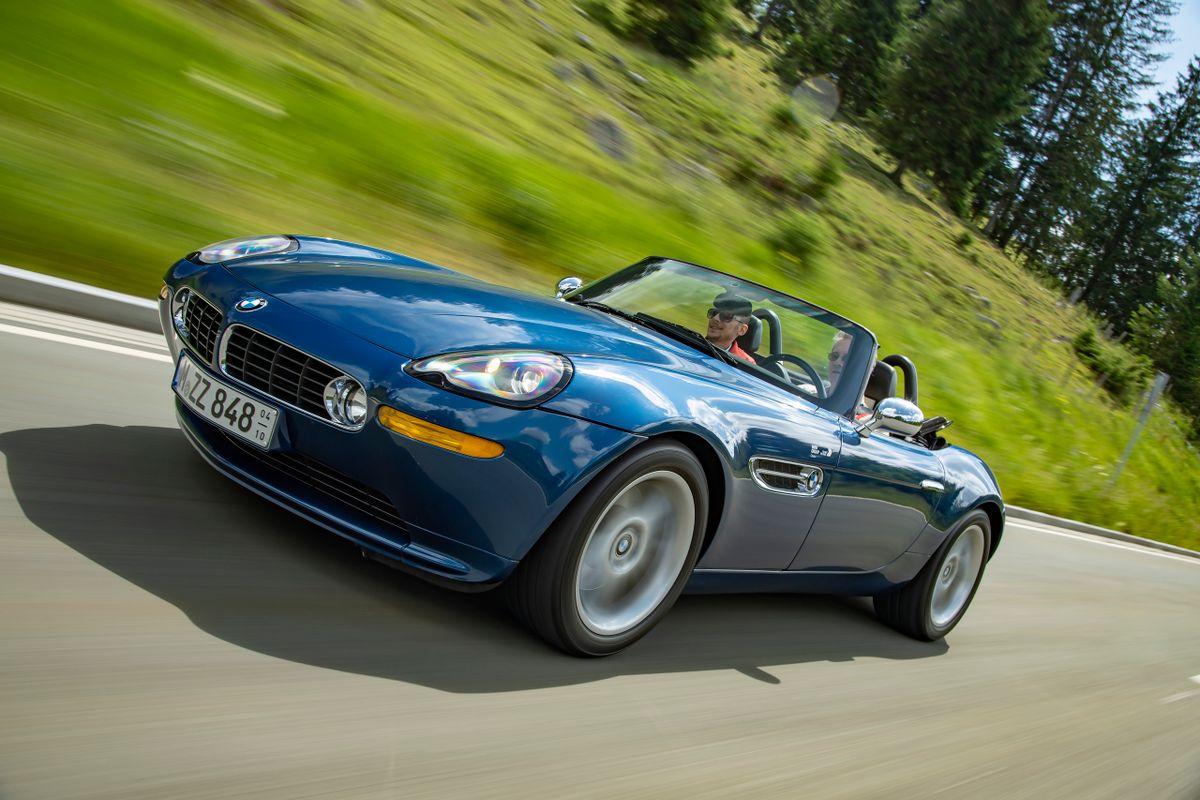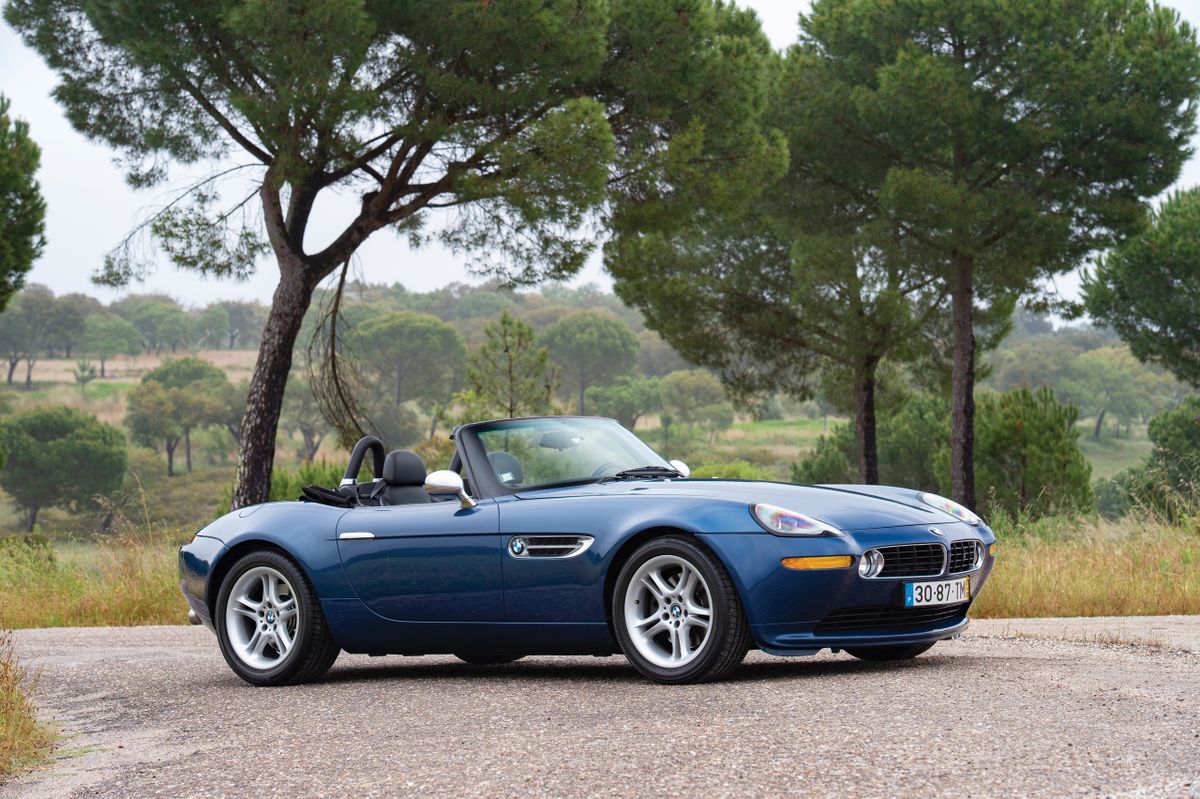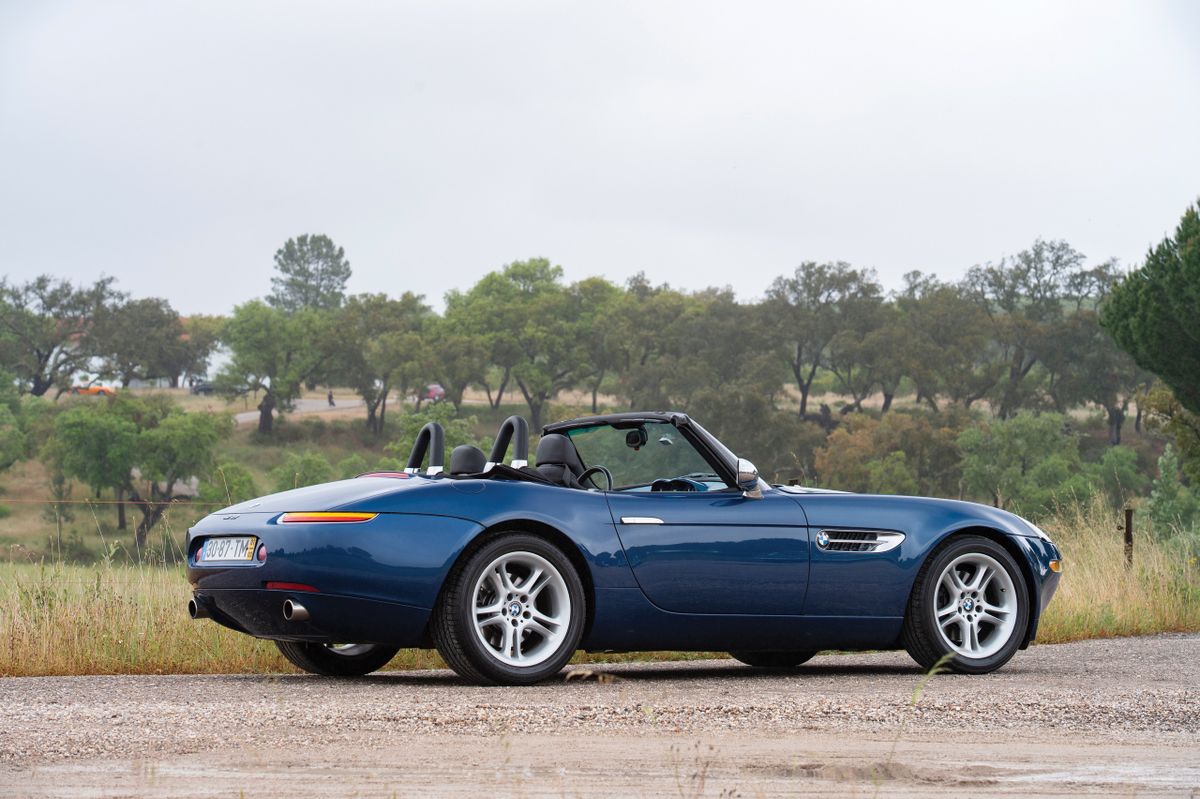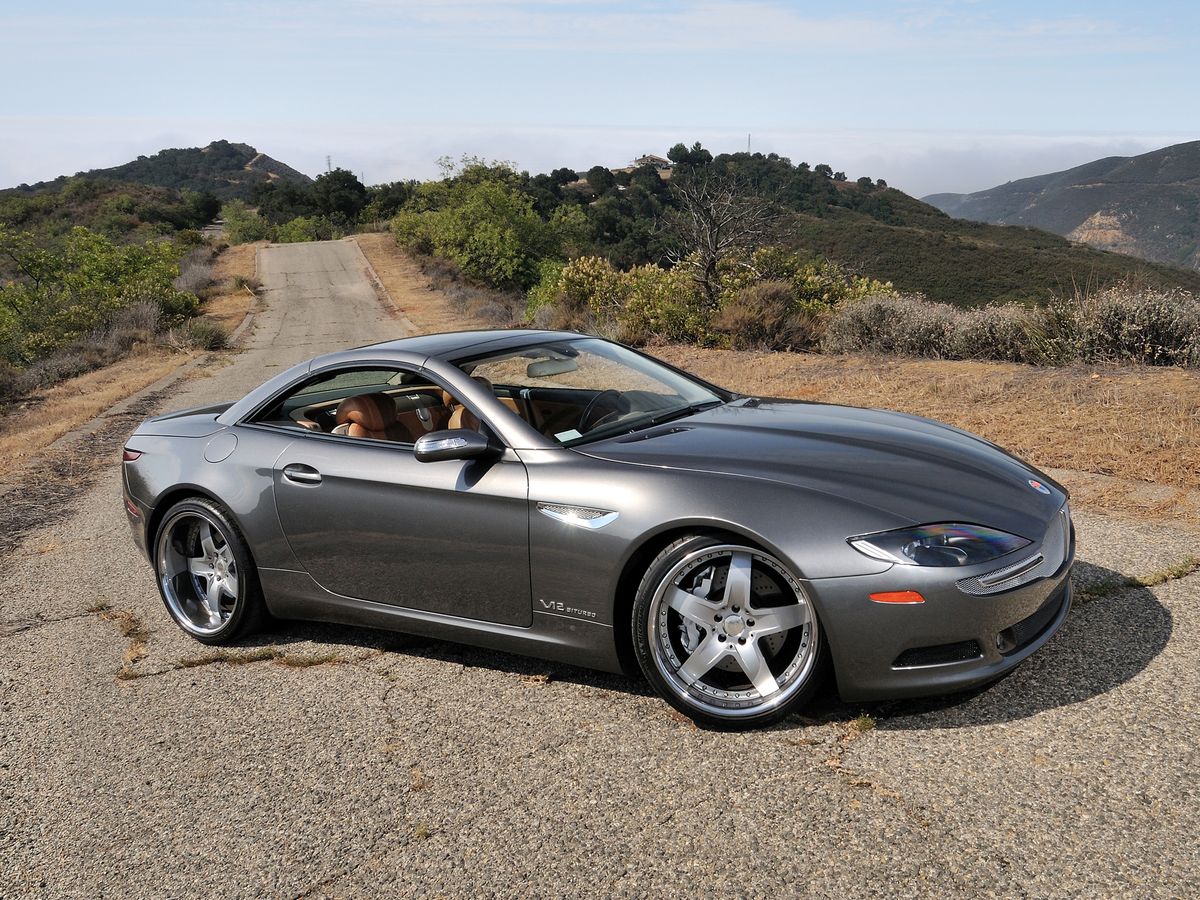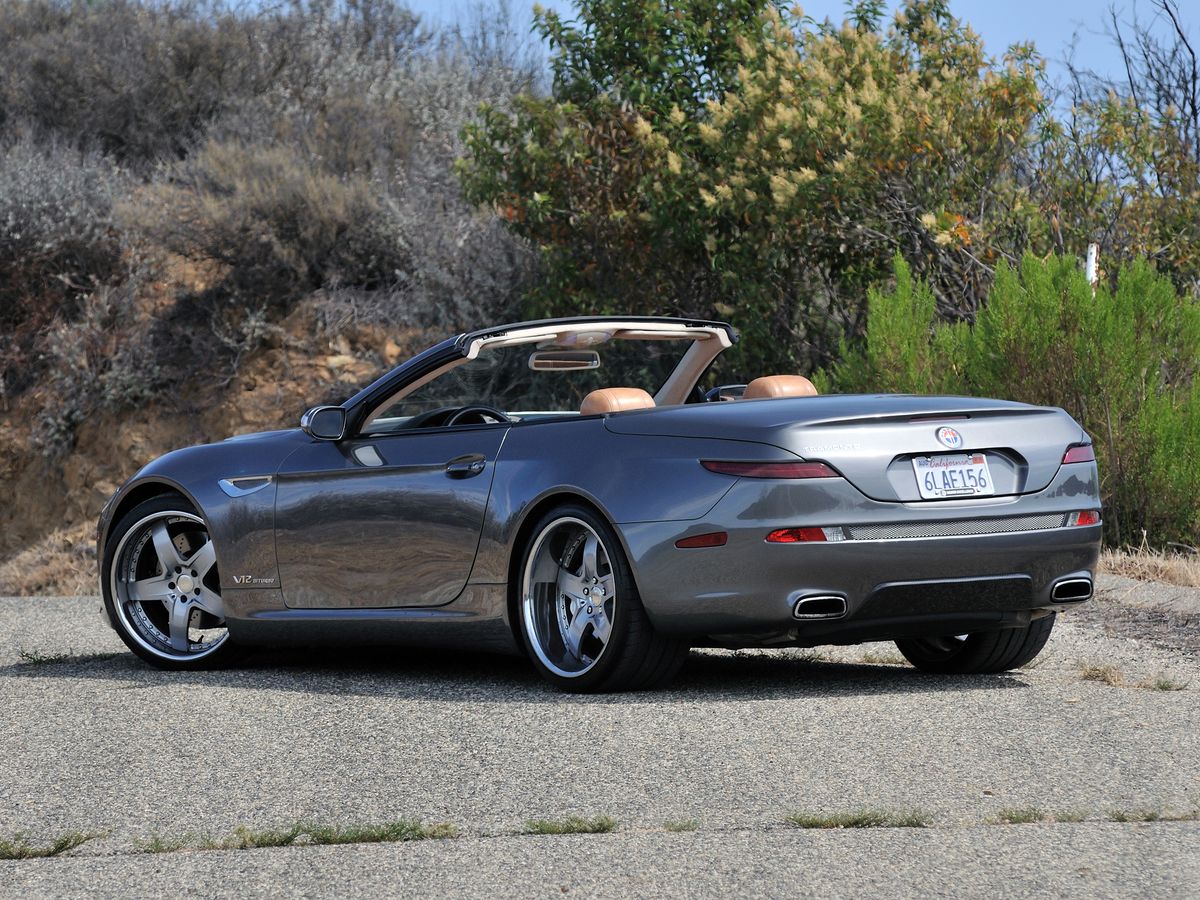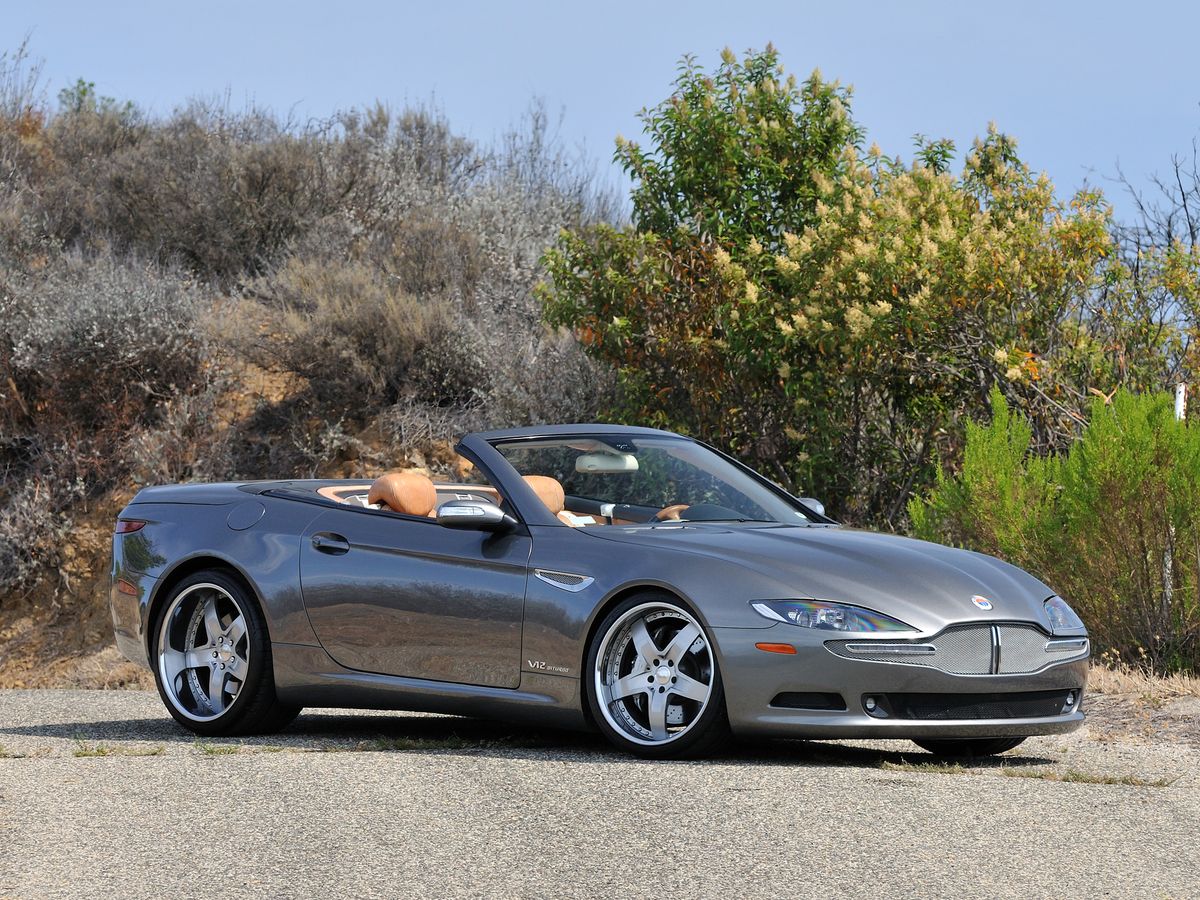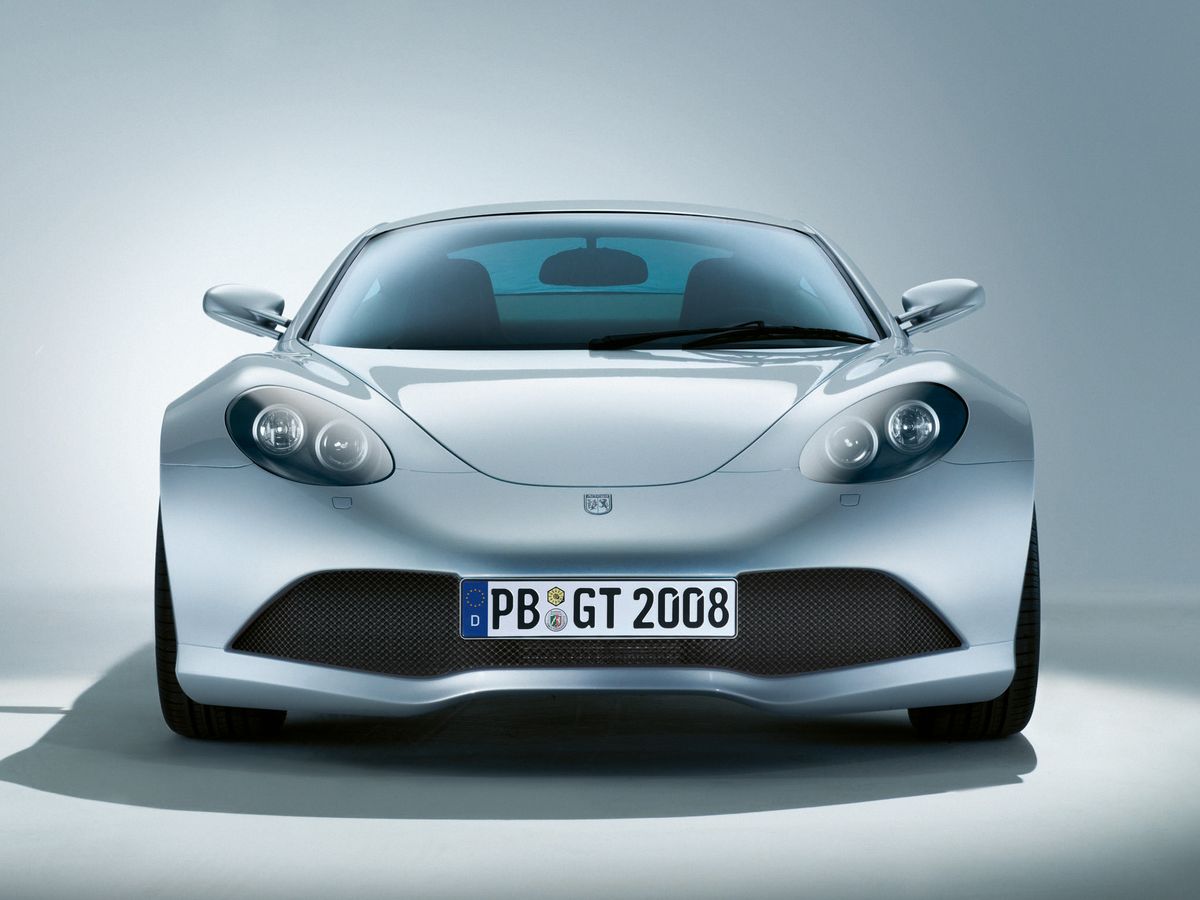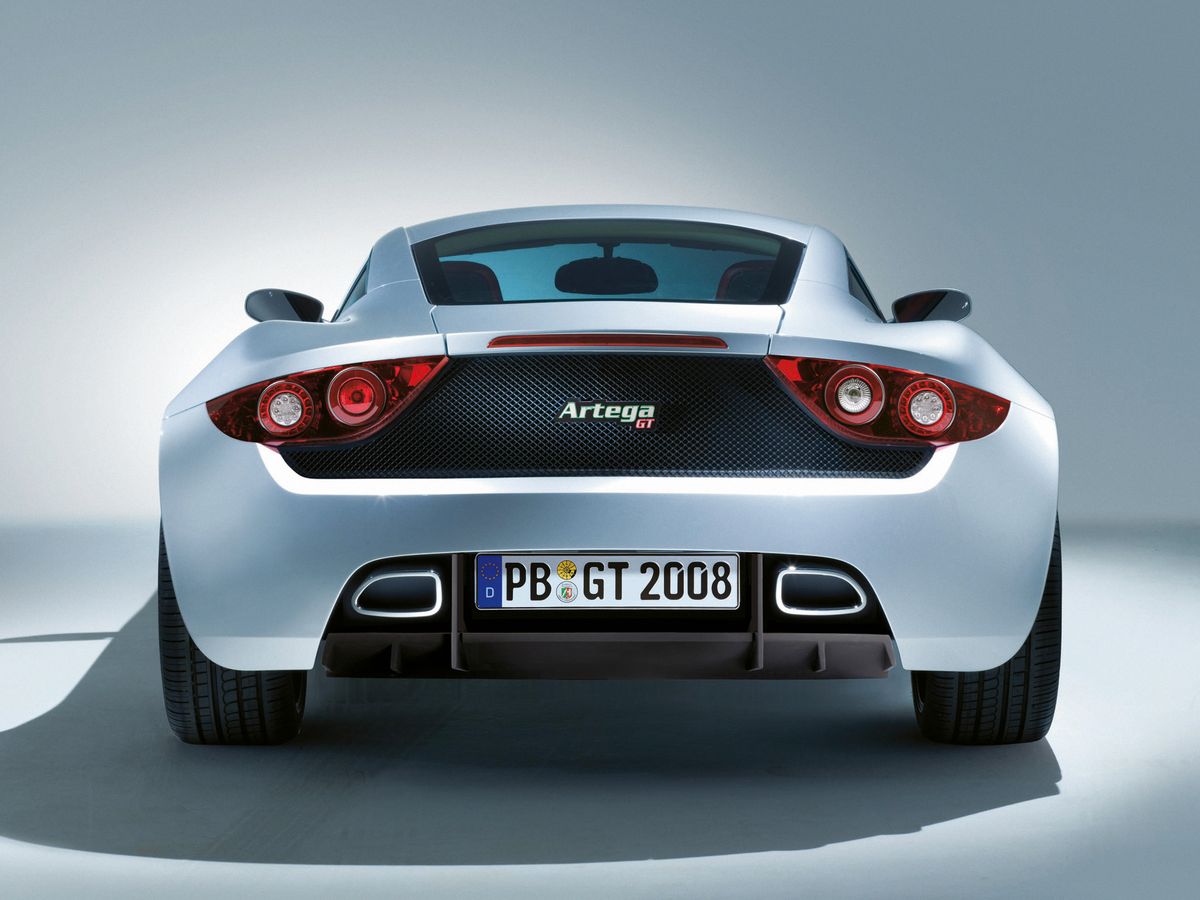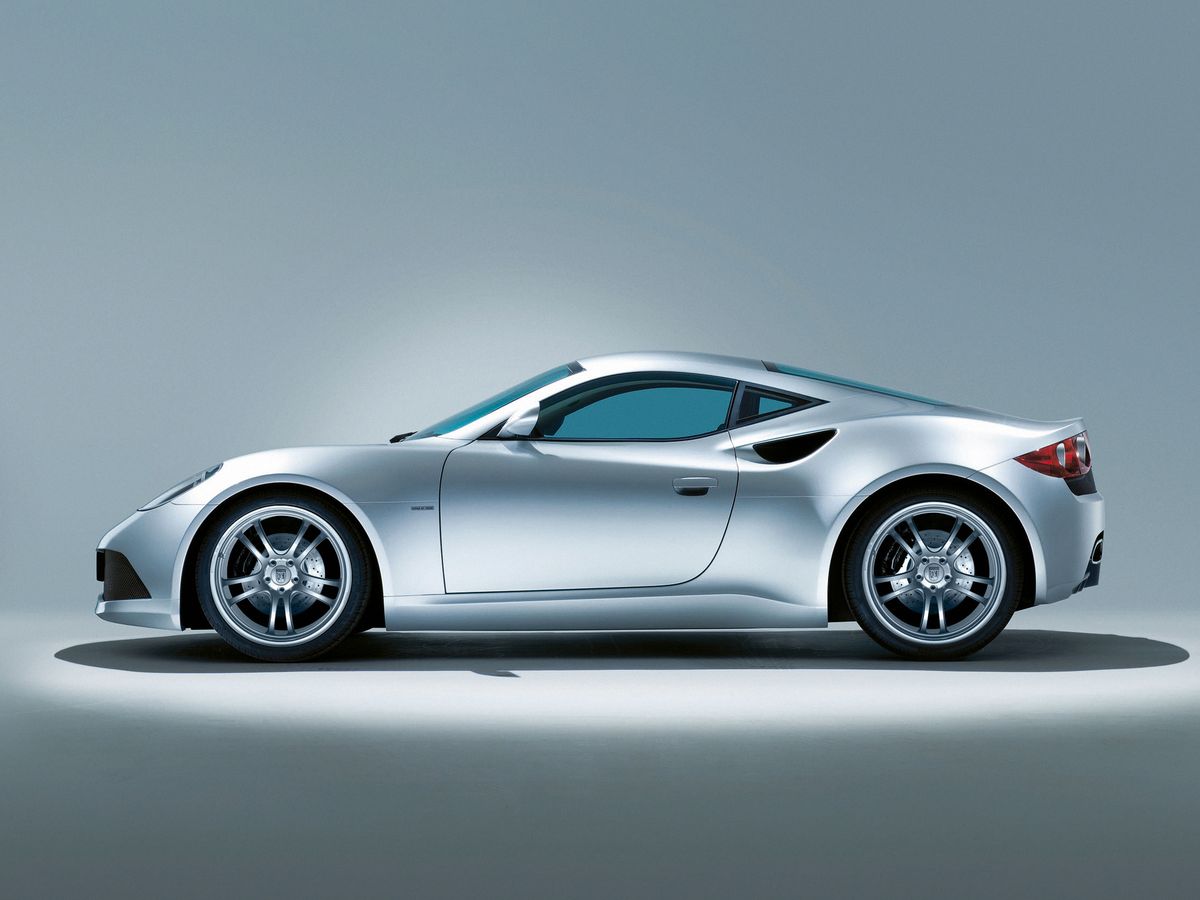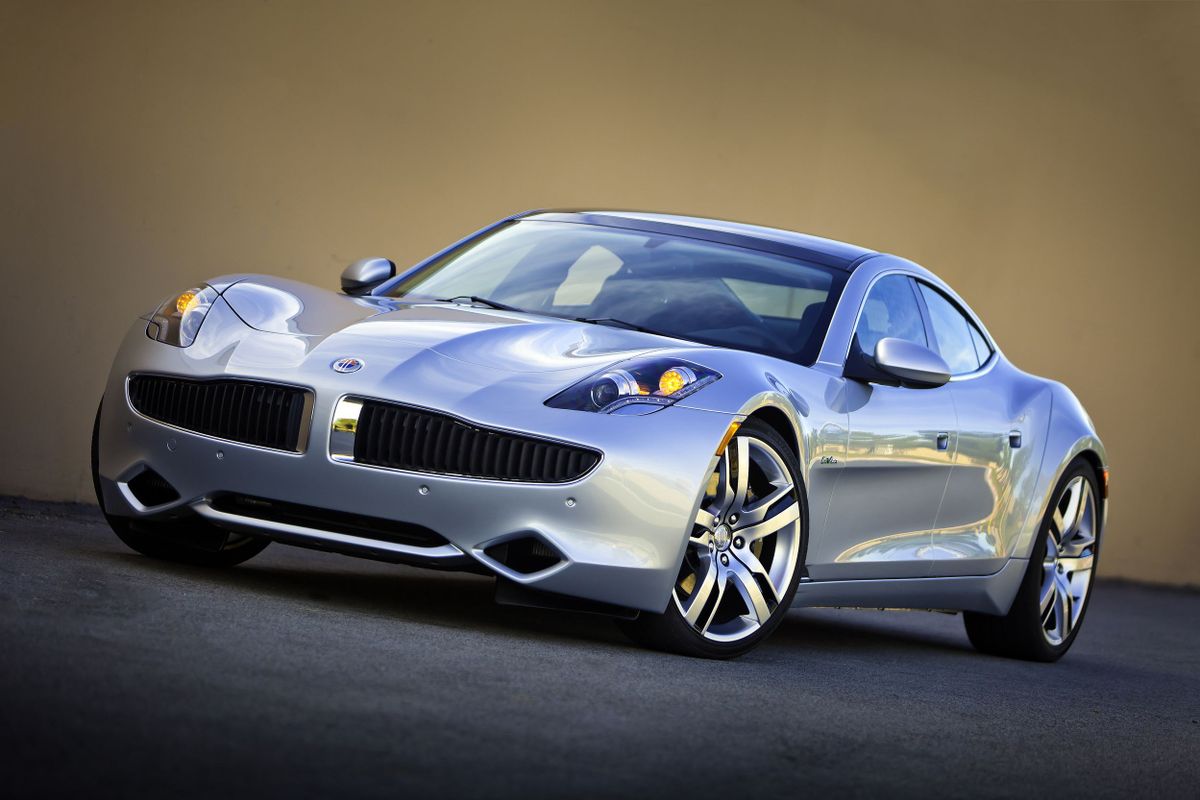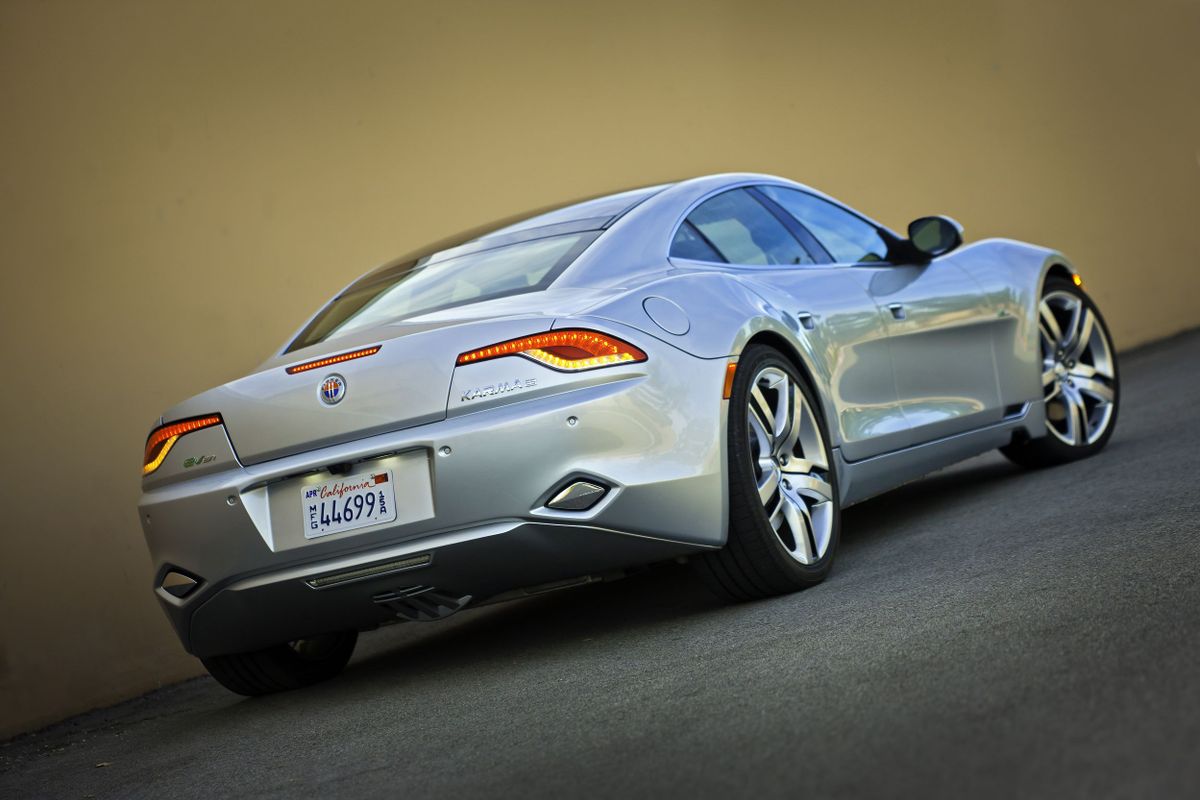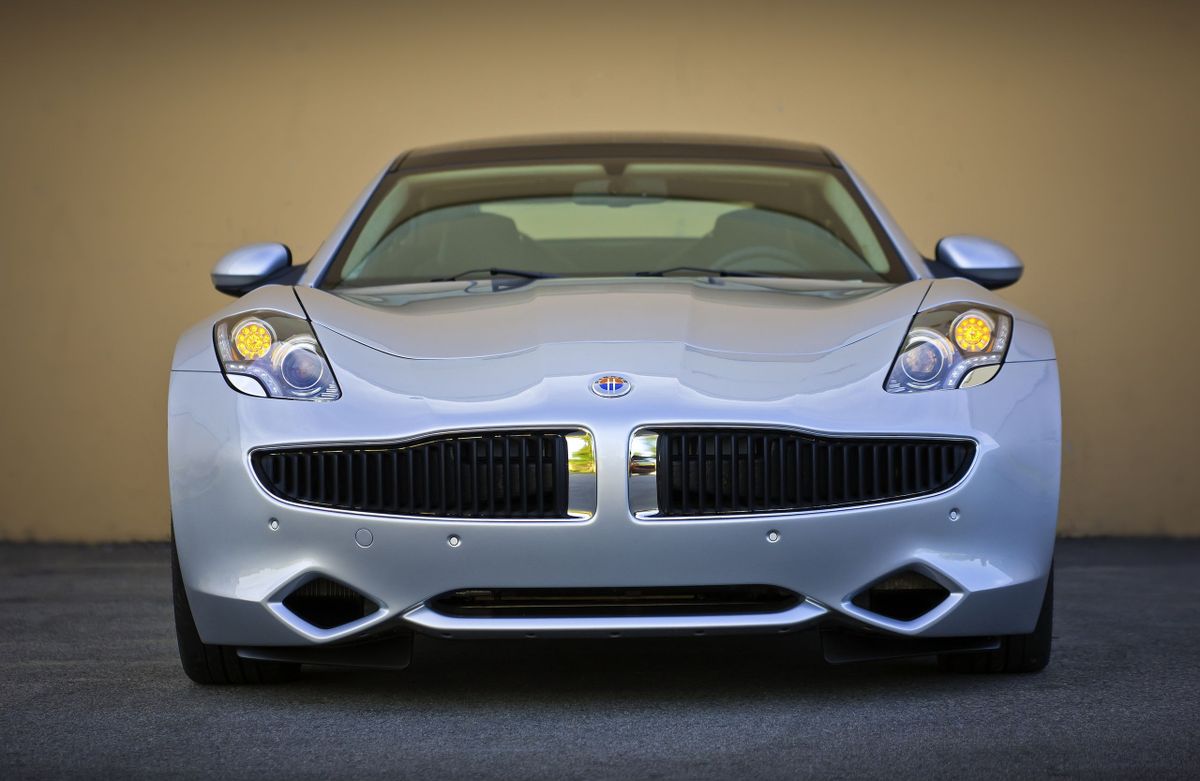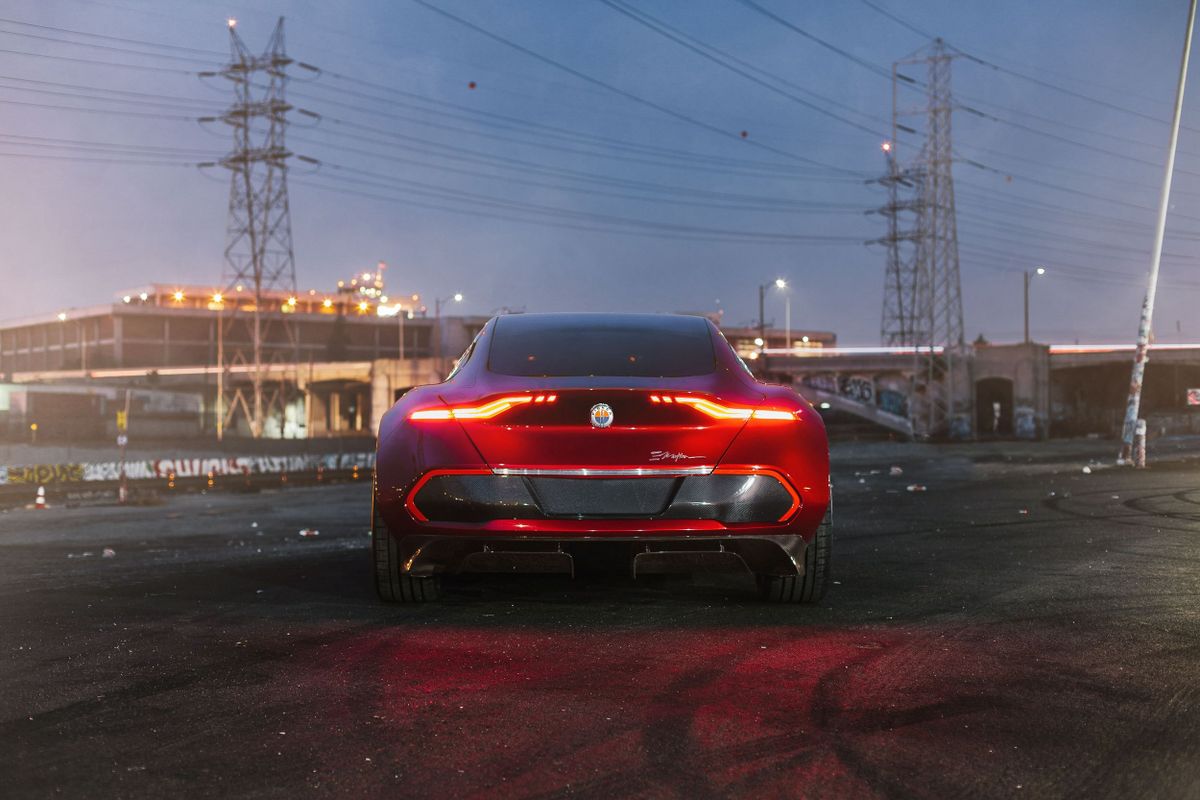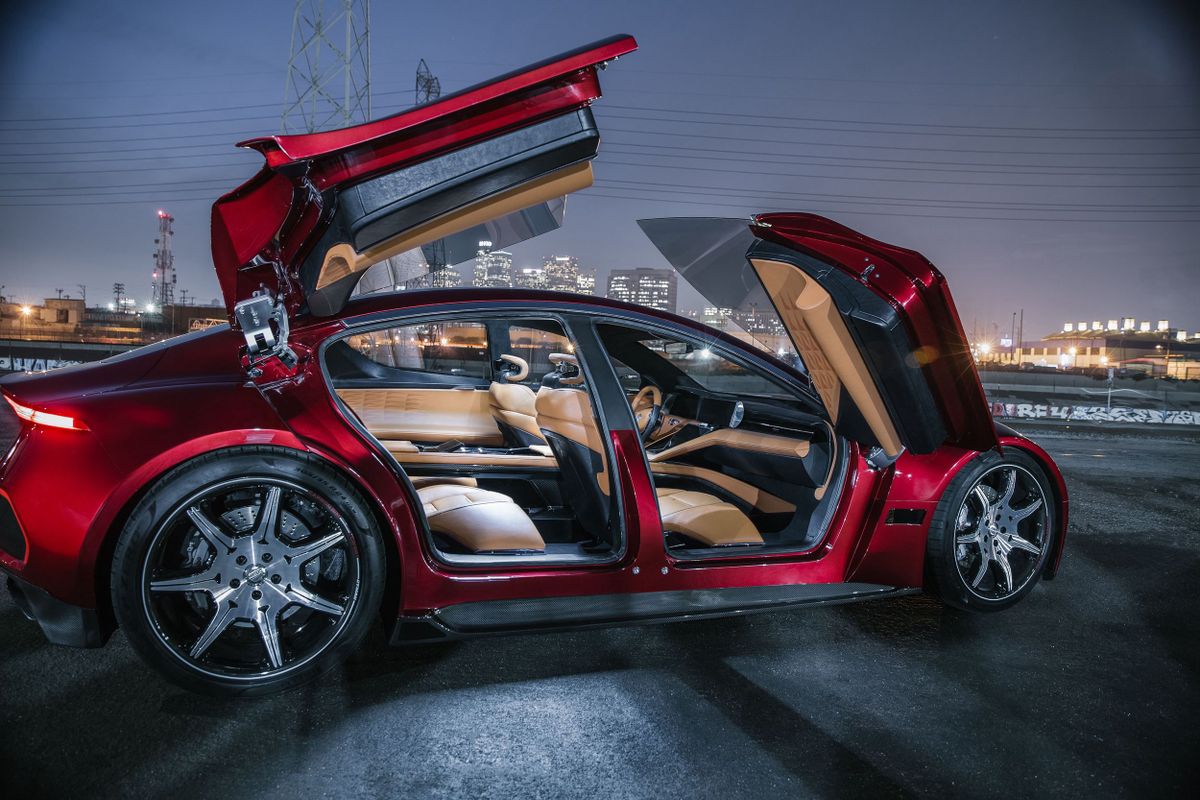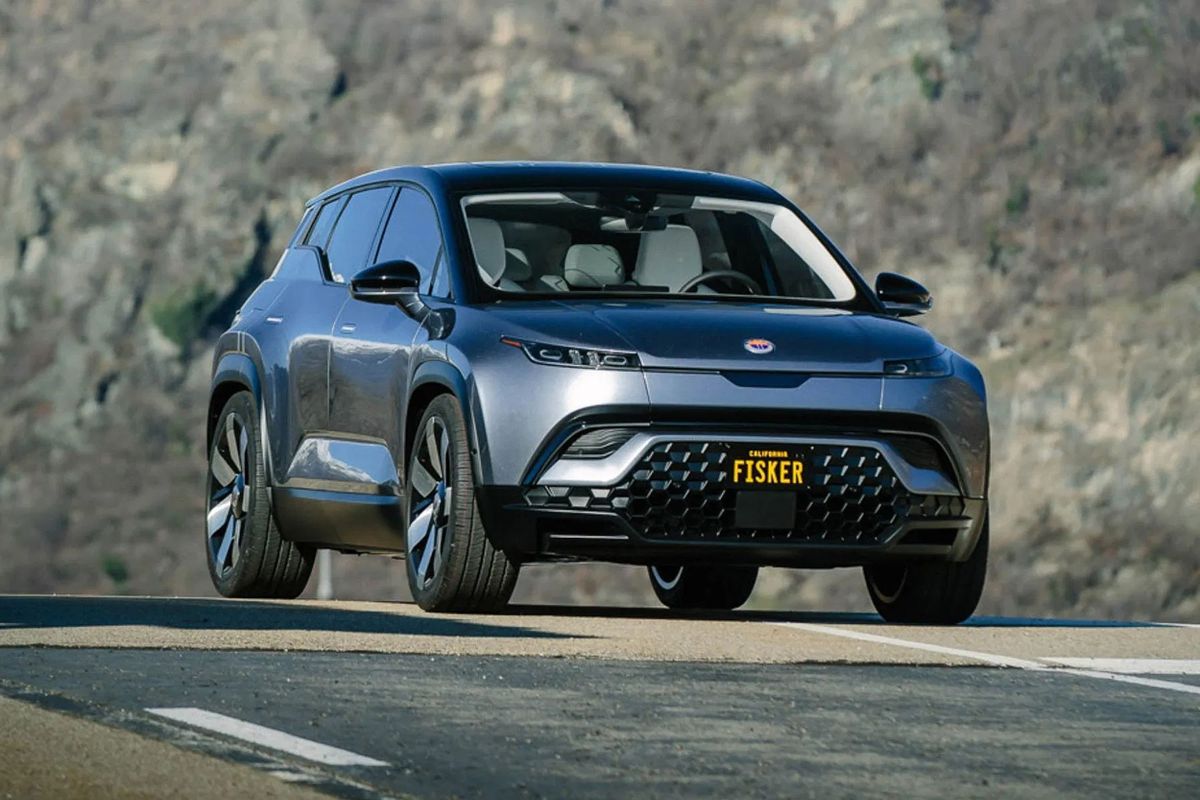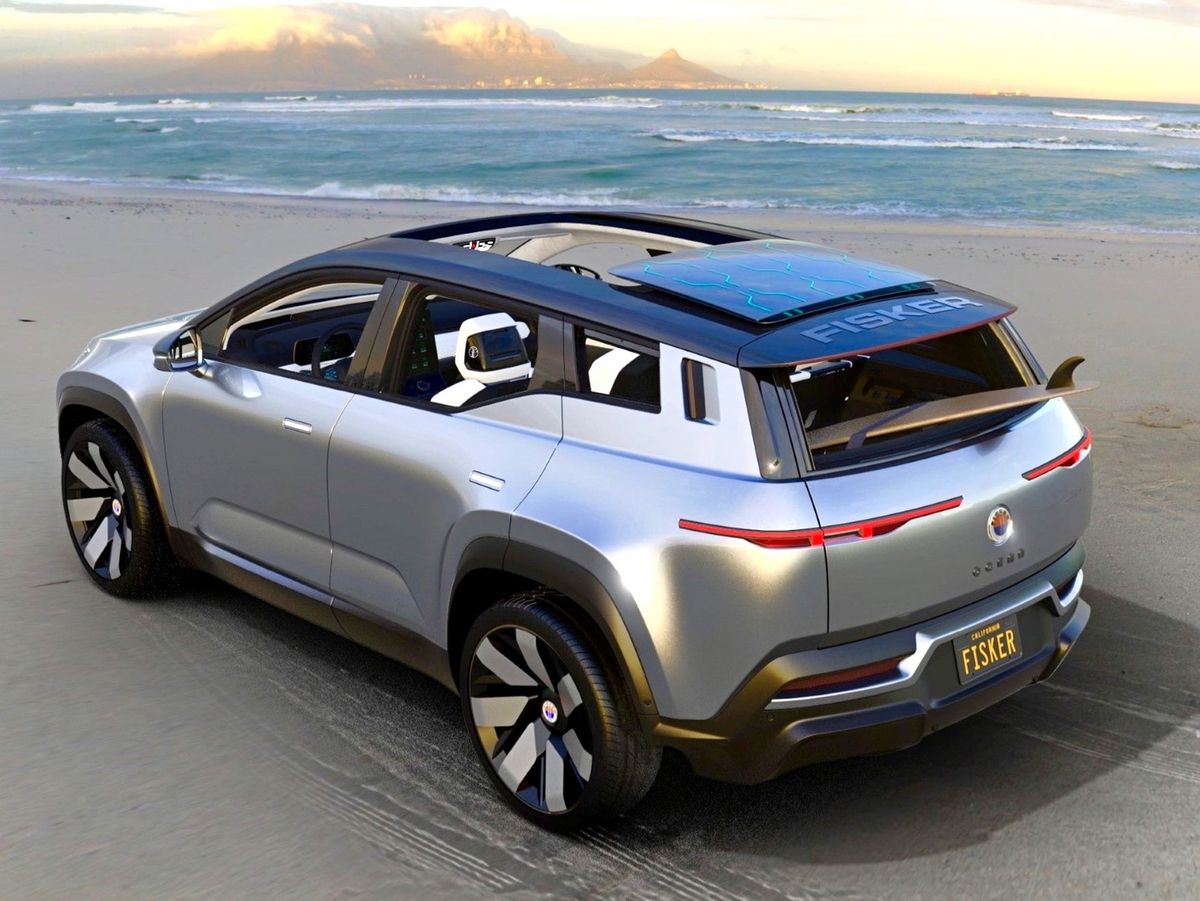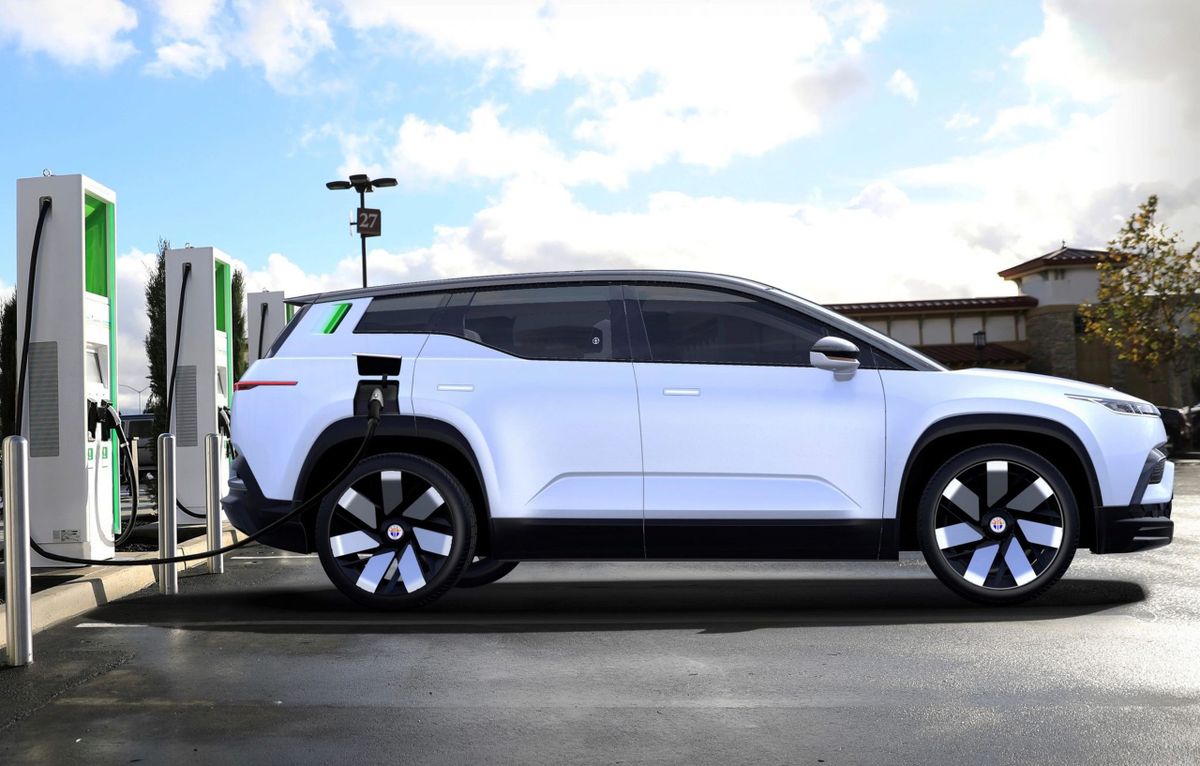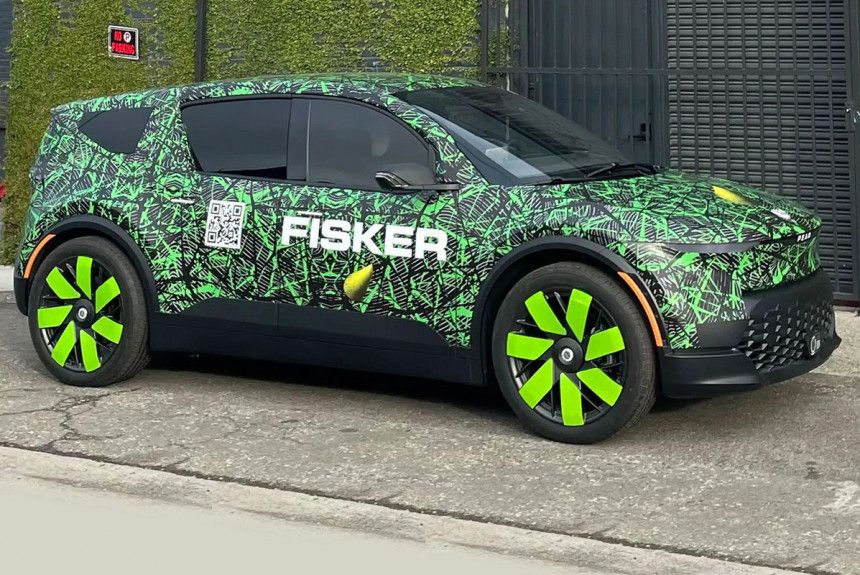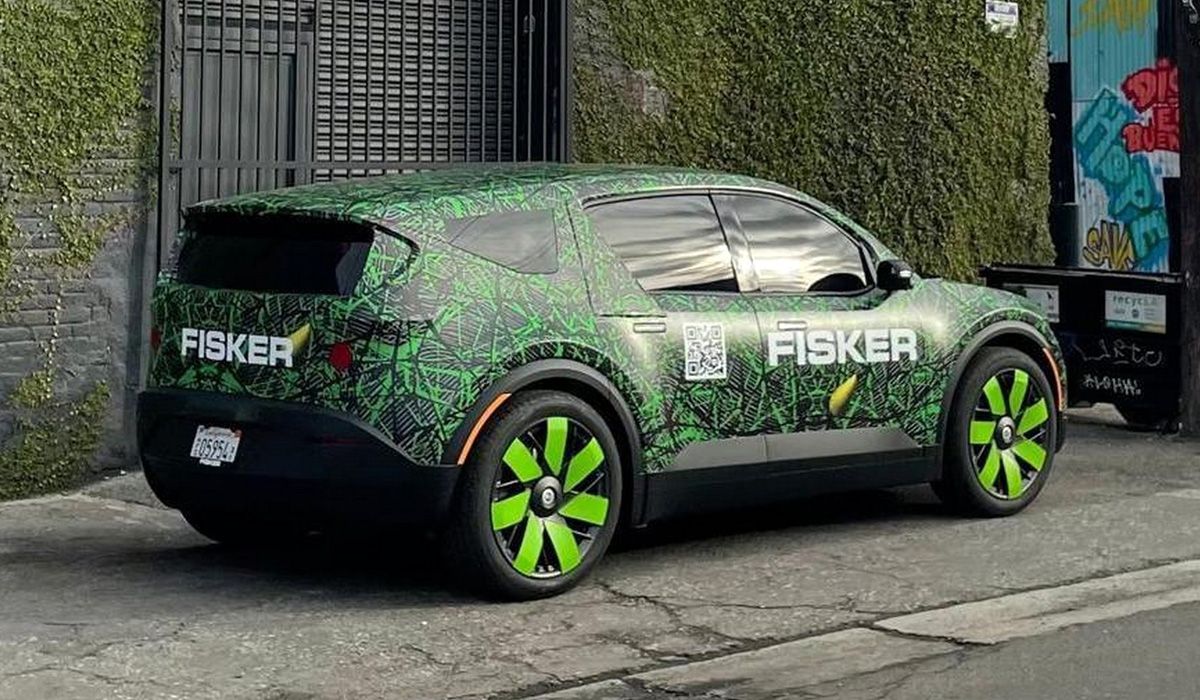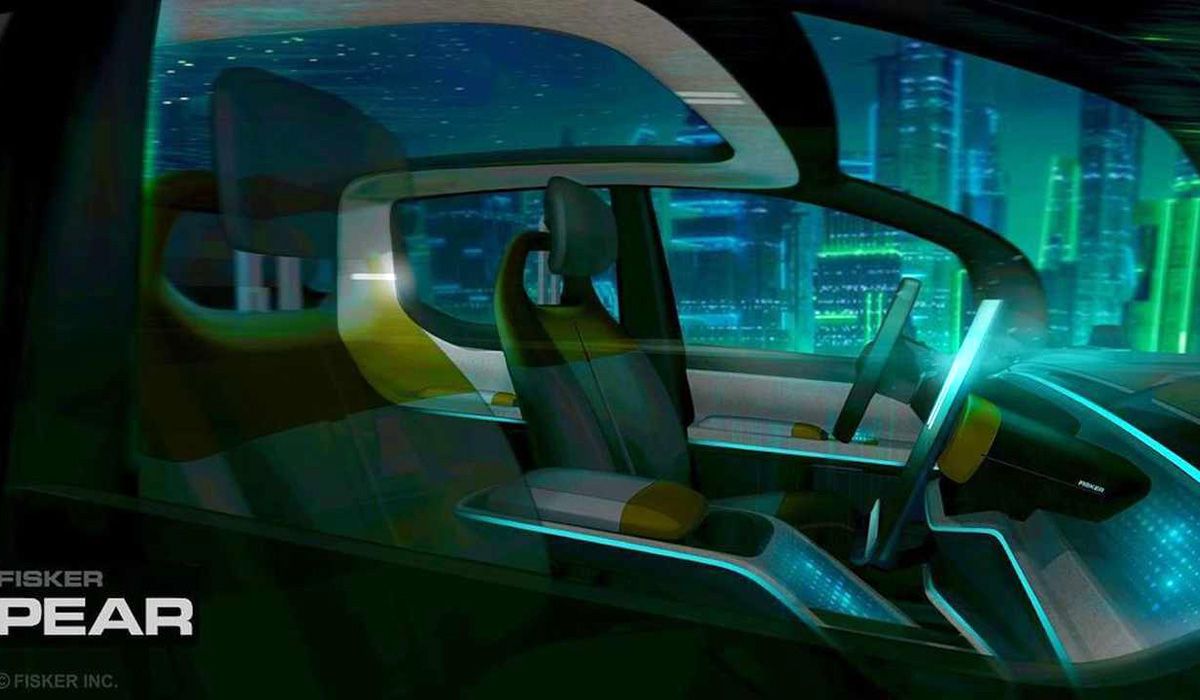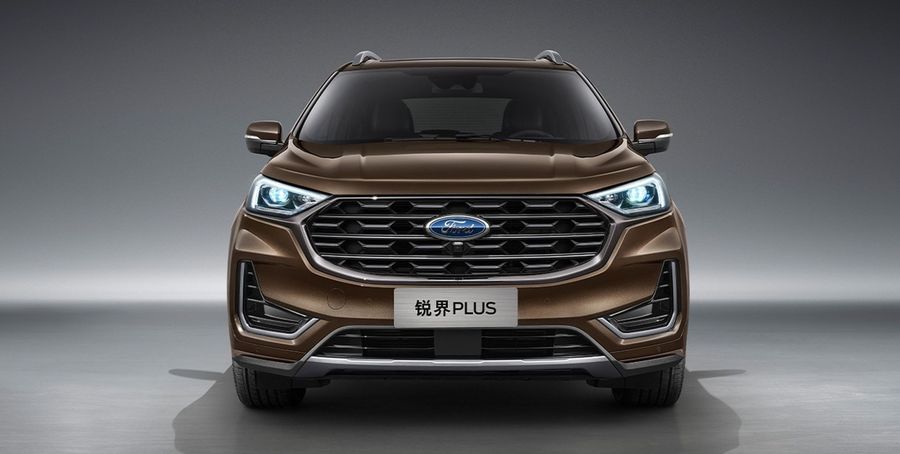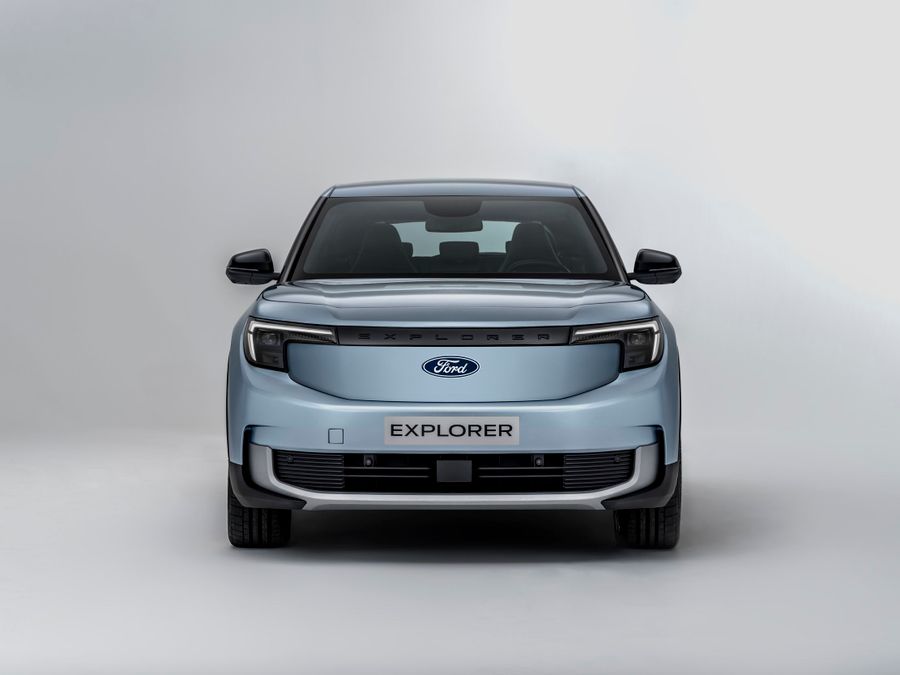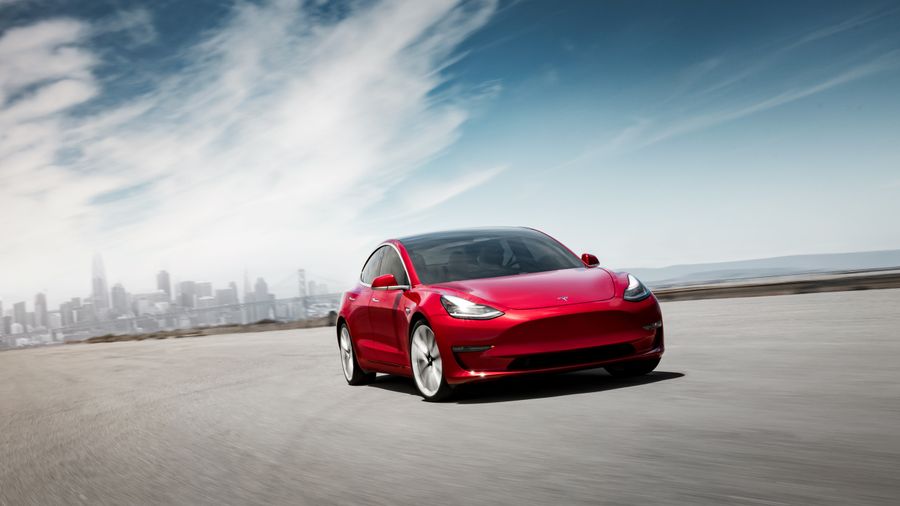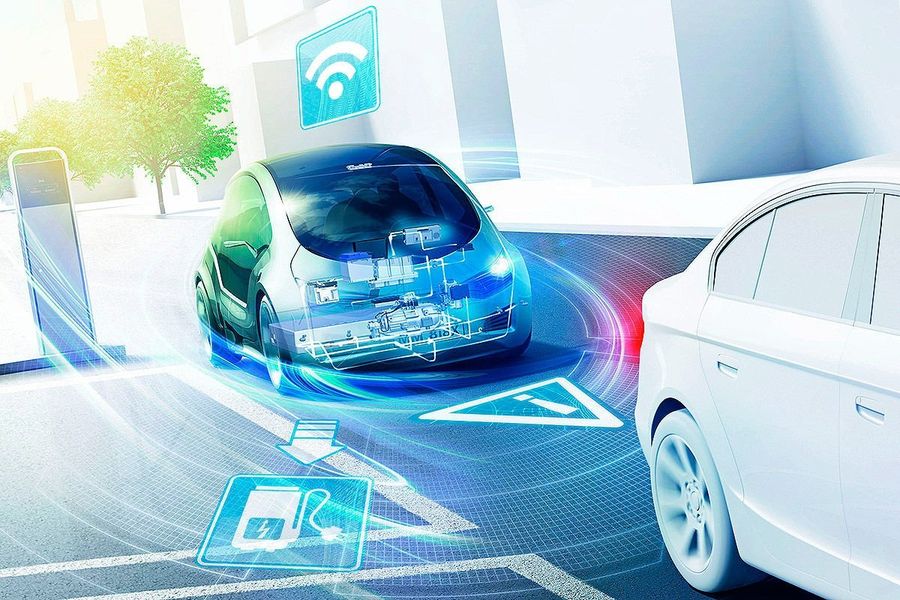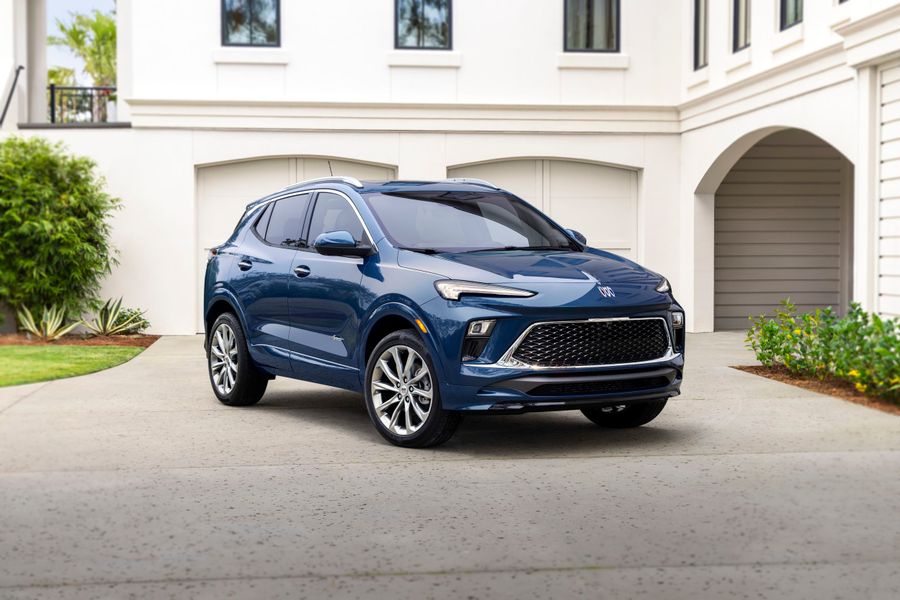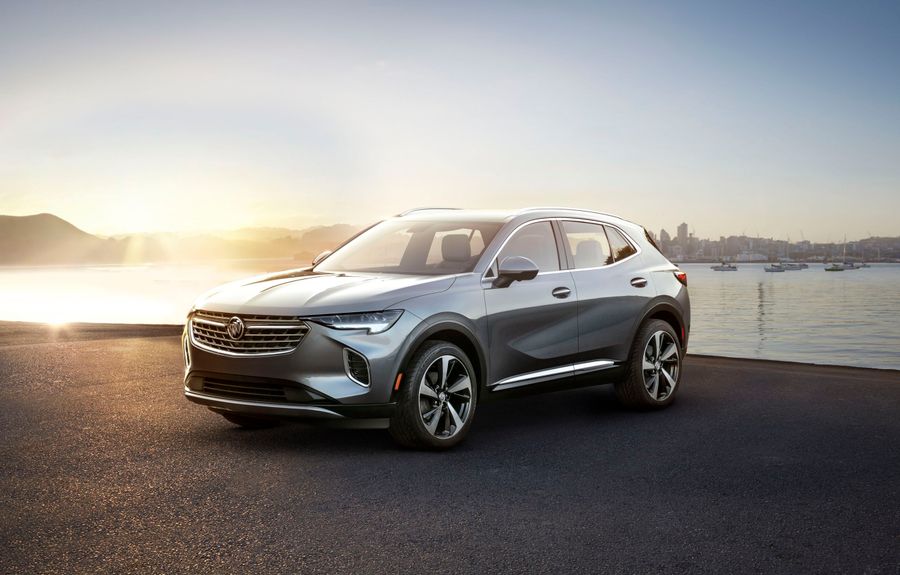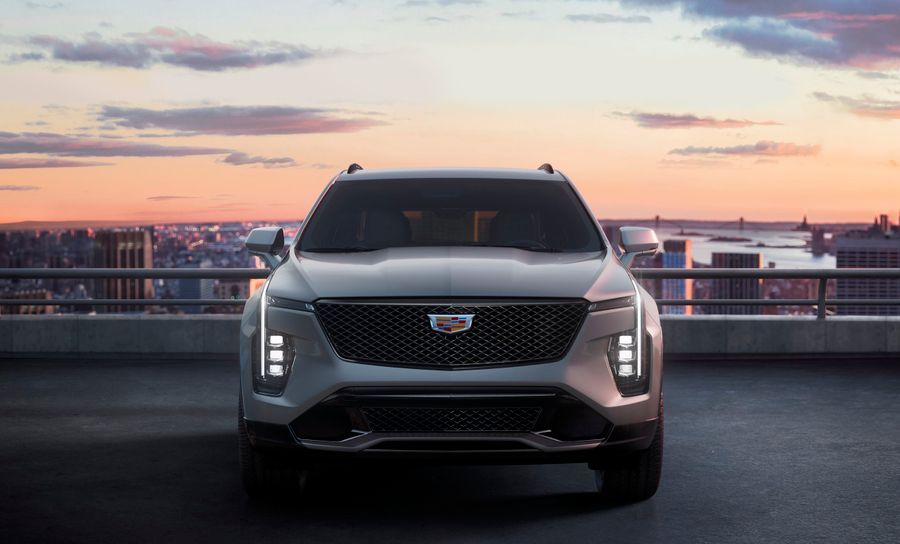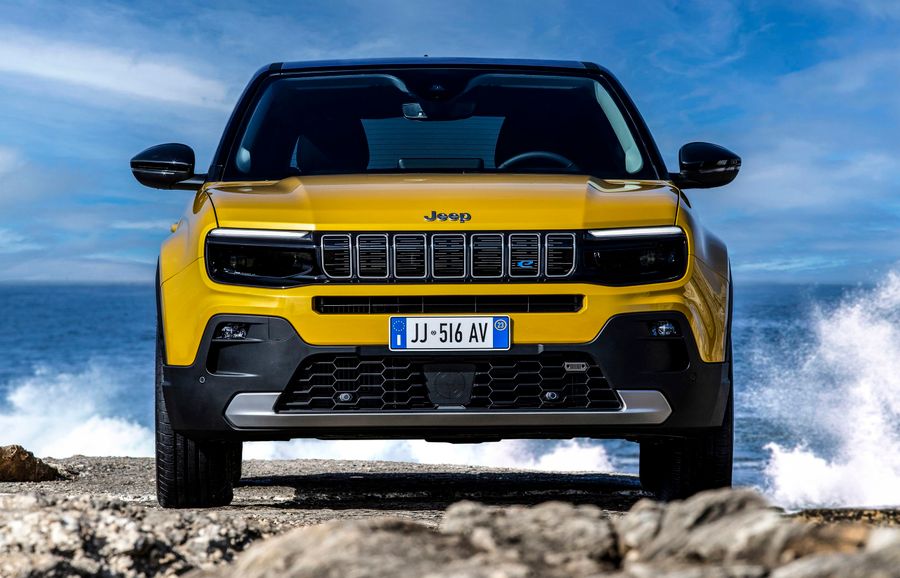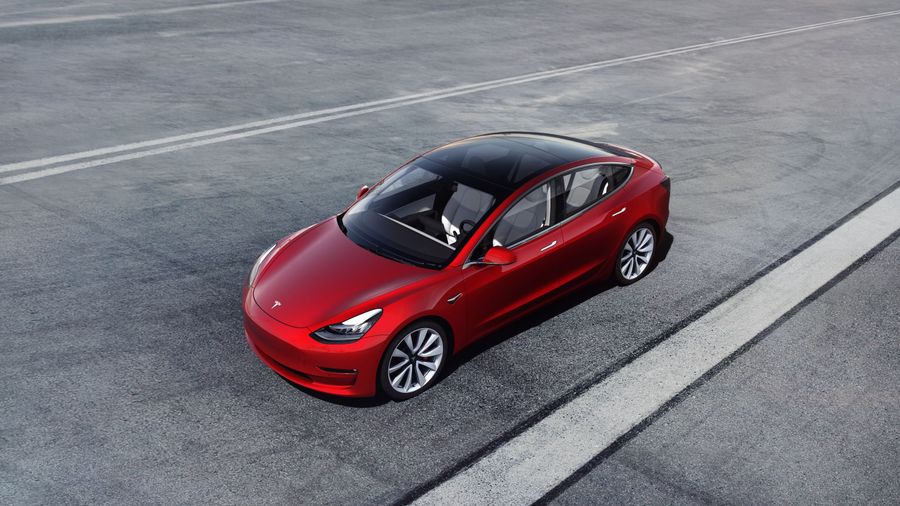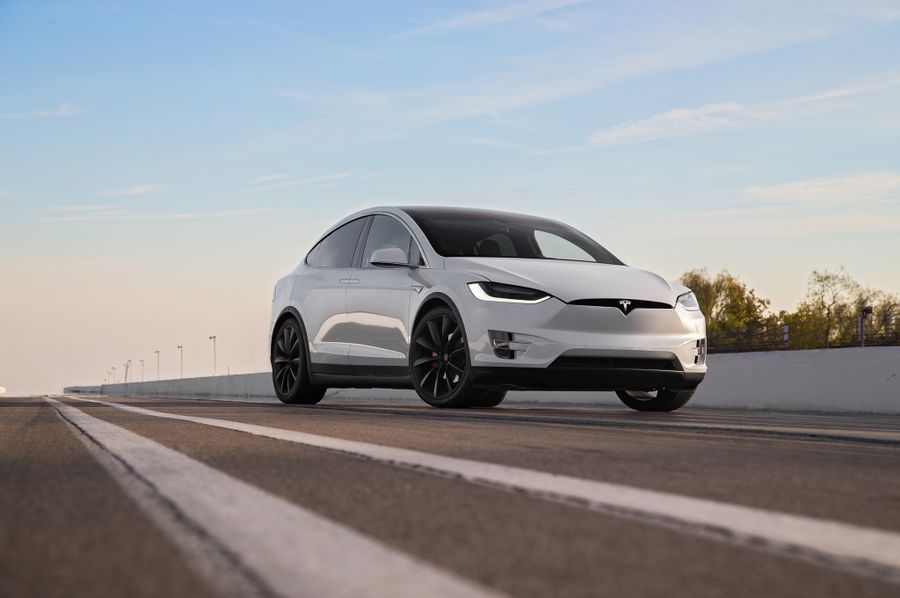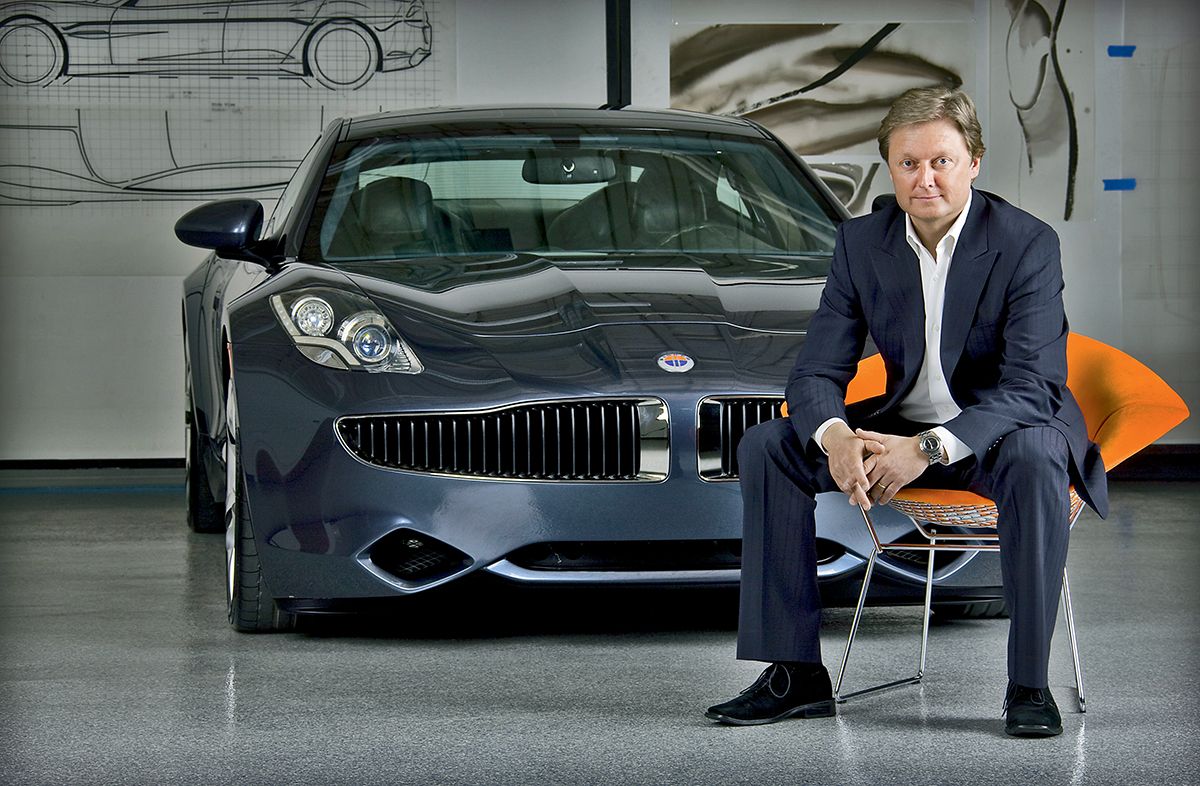
Fisker. From dream to reality
There are people who have a rare ability not only to dream, but also to make their dreams come true. They look into the future and see what others do not see. Legendary car designer Henrik Fisker is one of them. A dreamer, technical innovator and just a man of great imagination, he designed one of the world’s first plug-in serial hybrid luxury cars, the Fisker Karma. And his latest creation, the electric Fisker Ocean SUV, is reshaping our vision of the future through ingenious engineering, innovation, affordability and sustainability. Innovation and cutting-edge technology are at the heart of everything Fisker does. And, even though the company has been moving towards its goal for a very long time, Fisker’s dreams have become a reality. Therefore, there is no harm in dreaming! After all, a dream can come into a reality one day…
On the way to the future
Fisker began his career at BMW, where he first developed the BMW Z07 concept car and then the production sports roadster BMW Z8. The roadster turned out to be so beautiful and unusual that it became the main car for James Bond in the movie ‘The World Is Not Enough’. In 2001, Fisker was in charge of BMW design studio, but soon he became the head of the European design studio Ingeni owned by Ford. There he created a new Aston Martin DB9 and took part in the development of the design concept for the model Aston Martin V8 Vantage.
But, a great ship asks for deep waters: on August 1, 2007, Fisker founded Fisker Automotive. He also acted as the ideologist of this company. The second ideologist was Bernhard Koehler, who joined Fisker in January 2005. His professional activity is connected with 3D modeling, and the career path largely repeats Fisker’s story: first BMW, then Aston Martin.

In 2005, Fisker brought two new models to the Frankfurt Motor Show: the Fisker Tramonto sports roadster, a 2-seater supercar based on the luxurious Mercedes-Benz SL 55 AMG, and the Latigo CS sports coupe based on the BMW 6 Series. The models shared a similar design, which testified to the new style of the future company. The Fisker Tramonto differed in almost everything from its ‘source’: a completely redesigned body, new narrow headlights, smooth body lines, a bumper, a hood, a branded radiator grille. The model looked much more like Aston Martin cars. The car was equipped with a powerful 5.5-liter turbo engine with 610 hp, which made it possible to accelerate from 0 to 100 km/h in 3.6 seconds.
‘It all started when I saw Leonardo DiCaprio, who arrived at the Oscars in a Toyota Prius. It seemed strange to me that there was not a single environmentally friendly luxury car that looked cool’…
At the 2007 Geneva Motor Show, Henrik Fisker presented his new creation, the Fisker Artega GT sports car, with a 3.6-liter V-shaped 6-cylinder engine from Volkswagen producing 300 hp. That car had was cheaper: its price was 75 thousand euros, and it was produced in the amount of 500 units a year.
In 2009, at the same Geneva Motor Show, Fisker presented a completely new model, a supercar Fisker Karma, which worked on the principle of a serial plug-in hybrid. The body comprised lightweight aerodynamic composite materials and aluminum. The design was made in a futuristic style. The rear wheels were driven by two 150-kilowatt electric motors powered by a 200-kilowatt lithium-ion battery. When the battery ran out (or during heavy acceleration), the 2.0-liter GM Ecotec gasoline turbo engine with 260 horsepower was turned on: the engine was not connected directly to the wheels, it activated a generator, which, in turn, transmitted energy to electric motors. The total power of the powertrain was 408 hp, which allowed the car to accelerate from 0 to 100 km/h in 5.9 seconds. The roof of the car was covered with solar panels, which made it possible to obtain additional energy needed, for example, for the operation of an air conditioner or a sound system. The first deliveries to customers began in 2011. The Fisker Karma price in the American market ranged from 100 thousand dollars.
Henrik Fisker’s path in the automotive industry is thorny and winding. Fisker Automotive has been moving towards its goal for a very long time. More than 10 years have passed since the debut of the plug-in hybrid sports sedan Fisker Karma, during which the company was declared bankrupt and sold to the Chinese manufacturer of automotive components Wanxiang. The purchase excluded the Fisker brand and trademarks owned by the company’s founder, Henrik Fisker. Therefore, Karma Automotive appeared. Fisker managed to sue Tesla, create and abandon the expensive EMotion electric sedan, work with graphene-based supercapacitors…
‘I was asked to design the new Tesla before Fisker even existed. I developed the basic design of the car that became the Model S, but then Tesla ran out of money, they stopped paying me, and the work stopped. Tesla changed management, I created Fisker Automotive, and they sued me for allegedly stealing the design of their car. But we won the process. Moreover, the current Model S has nothing to do with what I’ve designed, they abandoned all my ideas’

In 2016, Henrik Fisker founded a new start-up, Fisker Inc. In 2020, the company finally released the prototype of the Fisker Ocean electric SUV. In 2022, there was a hope of seeing a production car. The Canadian company Magna, one of the world’s largest manufacturers of automotive components, provided its electric vehicle platform for the SUV and its plant for its production in Graz, Austria.
From dream to reality
Fisker Ocean
The Fisker Ocean is a premium 5-seater mid-size all-electric SUV. The vehicle has received an unusual California mode function, thanks to which all windows are lowered except for the windshield, the panoramic roof moves, and the VUS turns into a real convertible. In addition, the model has a trendy aggressive design, similar to the new Range Rover Evoque. The top-end version of the Fisker electric SUV is twin-engine and all-wheel drive, with a return of 558 hp. The vehicle accelerates from 0 to 100 km/h in 3.9 seconds and its driving range is about 630 km. The model is manufactured at the Magna plant in Austria. So far, production volumes are small: by the end of the first quarter of 2023, only 300 cars will be produced. But the pace will pick up: in 2023, Magna plans to release 42,400 SUVs.
Fisker Pear
At the end of 2022, Fisker announced the release of the second model called Fisker Pear and even published the first photos of the prototype. PEAR actually stands for Personal Electric Automotive Revolution and has nothing to do with an ordinary pear. Henrik Fisker promises that the future Pear electric car will be an ‘out-of-class’ model, but it is already clear that this is an inexpensive SUV: the estimated cost of the entry-level version is around 29,900 dollars. By comparison, the simplest version of the Fisker Ocean is valued at 37,499 dollars. Despite its low price, the new Pear promises a decent driving range of 500 km.


